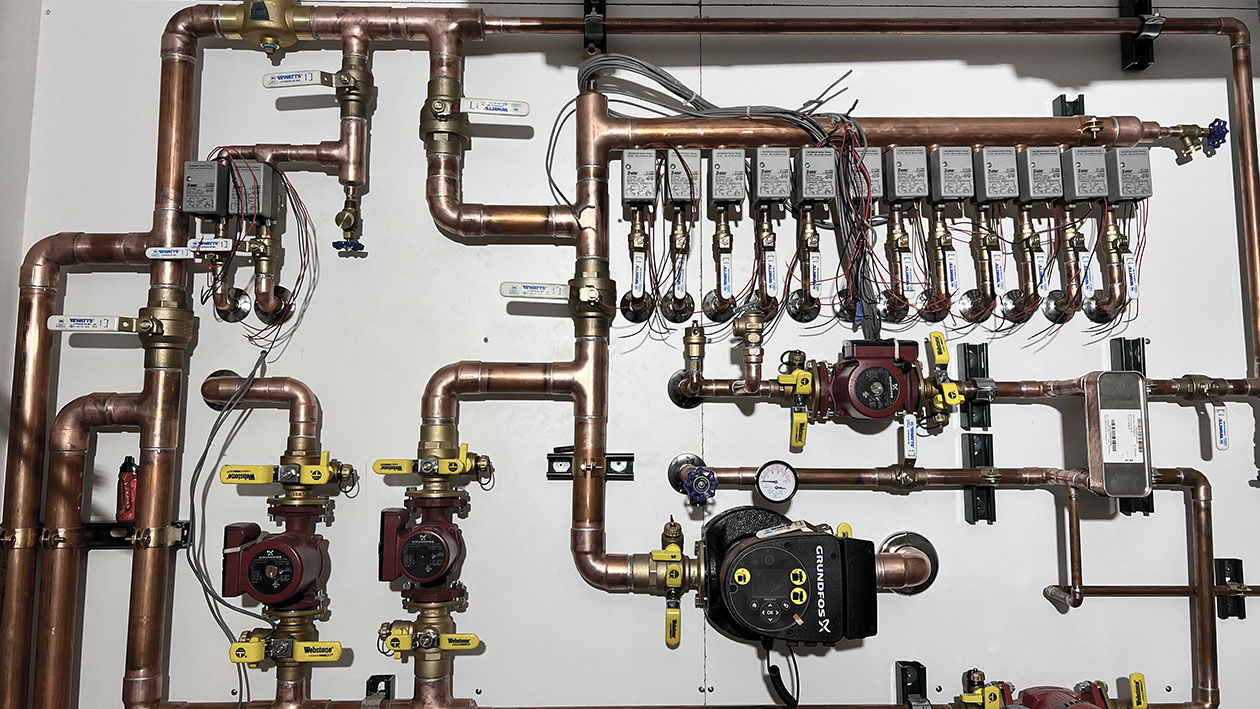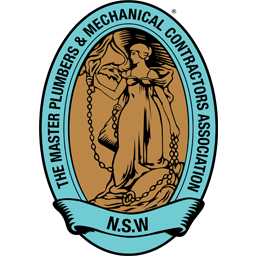A home’s plumbing system is more than meets the eye. Behind the walls and beneath the floors lies a complex network of pipes, fixtures, and appliances. Understanding these systems is crucial for homeowners, especially during renovations or when addressing plumbing issues. This comprehensive guide explores different types of plumbing systems. We’ll cover their components, advantages, and disadvantages. Empower yourself with the knowledge to make informed decisions about your home’s plumbing.
What is a Plumbing System?
A plumbing system is a network of pipes, fixtures, and appliances that manage your home’s water supply and drainage. It delivers clean water for drinking, cooking, and washing. This essential sanitation system safely removes waste, often referred to as sewage, from your home. Plumbing systems consist of several essential components:
- Water Source: This source provides your home with water. It can be a municipal water supply or a private well.
- Pipes: A network of pipes, an integral part of any plumbing system, efficiently transports water throughout your house. Common materials include copper, PVC, and PEX.
- Fixtures: Fixtures are the points where you access water. These include taps, showers, and toilets.
- Drainage System: This system removes wastewater from your home. It includes drains, sewer lines, and potentially a septic system.
Different Types of Plumbing Systems
As we’ve established, plumbing systems are more than just pipes. They encompass several interconnected systems. We’ll explore each type in detail, examining their workings, pros, and cons.
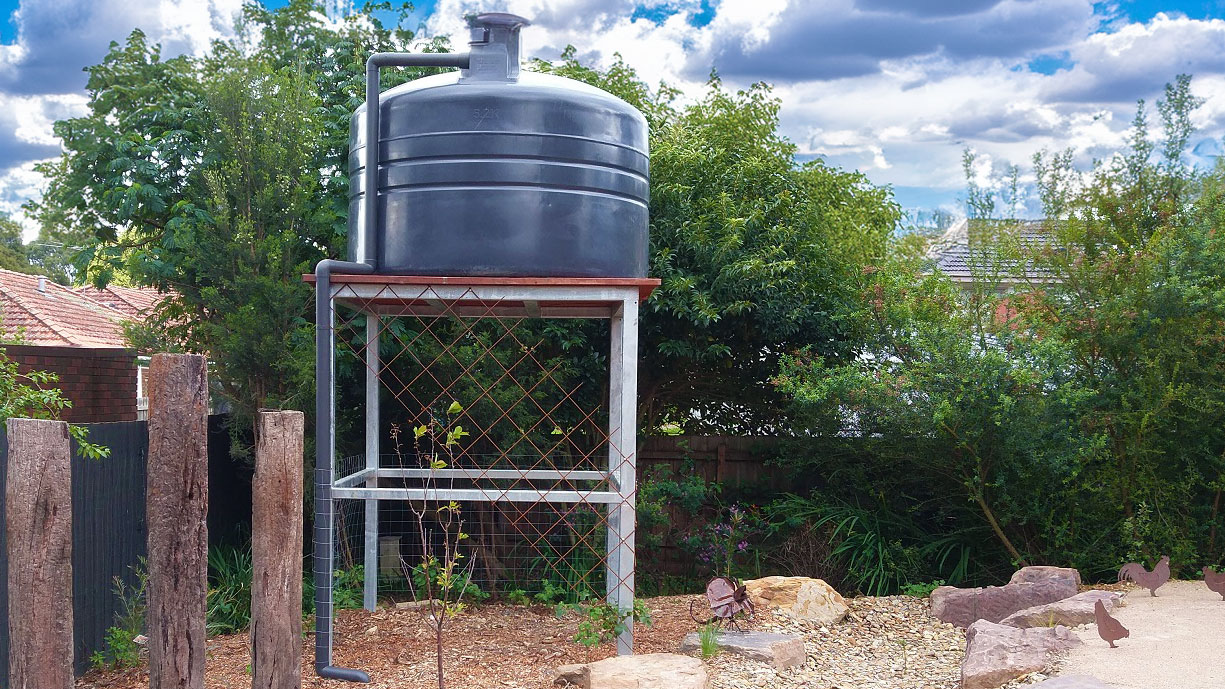
1. Water Supply Systems
Water supply systems deliver fresh water from the source to each plumbing fixture in your home. Here are some common types:
a) Gravity-Fed Systems
Gravity-fed systems rely on gravity to move water. A water tank, often located on the roof, stores water at a higher elevation. Gravity forces the water down through pipes, controlled by various valves, and into your home’s plumbing system, ultimately reaching fixtures like your sink and shower.
- Pros: Environmentally friendly due to no pump usage. Simple design and installation.
- Cons: Requires significant roof space for the tank. Water pressure can be inconsistent. Not suitable for multi-story buildings.
b) Pumped Systems
Pumped systems use a pump to pressurise and move water throughout the house. They are ideal for situations where gravity-fed systems aren’t feasible.
- Pros: Consistent water pressure regardless of elevation. Suitable for various home sizes and layouts.
- Cons: Relies on electricity to power the water pump. More complex installation than gravity-fed systems.
c) Well Water Systems
Well water systems draw water from a well on your property. A pump brings water to the surface and distributes it to your house.
- Pros: Independence from municipal or council water supplies. Potential cost savings on water bills.
- Cons: Requires well drilling and maintenance. Water quality can vary and may require treatment.
d) Municipal Water Systems
Municipal water systems deliver water from a centralised treatment facility to multiple homes and businesses.
- Pros: Convenient and reliable water supply. Water quality is typically monitored and regulated.
- Cons: Subject to municipal water rates and potential service interruptions.
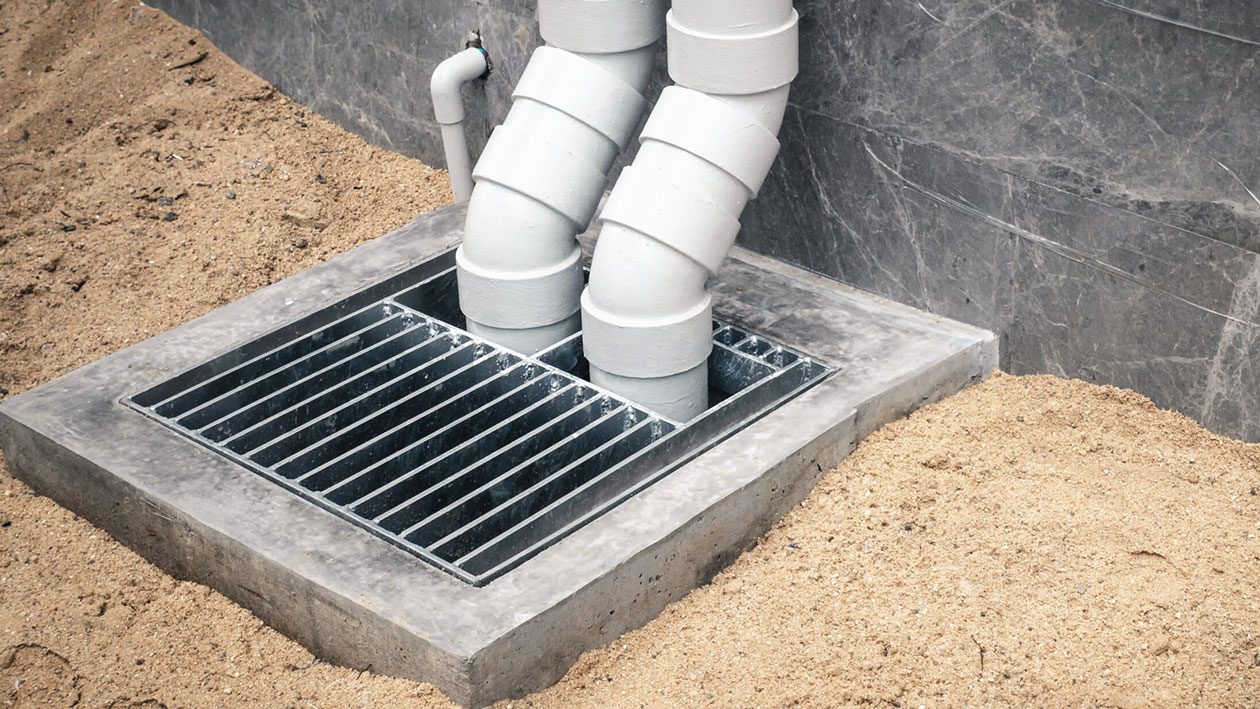
2. Drainage Systems
While water supply systems deliver fresh water, drainage systems are equally important for removing wastewater from your home. They prevent backups, maintain hygiene, and protect your property from water damage. Here’s a look at different types:
a) Gravity Drainage Systems
Like gravity-fed water supply systems, gravity drainage systems use gravity to move wastewater. They rely on a downward slope to carry wastewater from your home to the main sewer line or septic system.
- Pros: Simple and reliable design. Cost-effective installation and maintenance.
- Cons: Requires careful planning and sloping during construction. May not be suitable for all terrain types.
b) Septic Systems
Septic systems are common in areas without access to municipal sewer lines. They act as a localised sanitation system, treating wastewater on your property using a septic tank and a drain field.
- Pros: Independent wastewater treatment solution. Environmentally friendly when properly maintained.
- Cons: Requires regular pumping and maintenance. Can be expensive to install and repair.
c) Storm Water Drainage Systems
Unlike other drainage systems, stormwater drainage systems manage rainwater runoff. They collect water from roofs, driveways, and yards and direct it away from a home’s foundation.
- Pros: Prevents flooding and foundation damage. Can reduce water bills by utilising rainwater for irrigation.
- Cons: Requires proper installation and regular maintenance to ensure effective drainage.
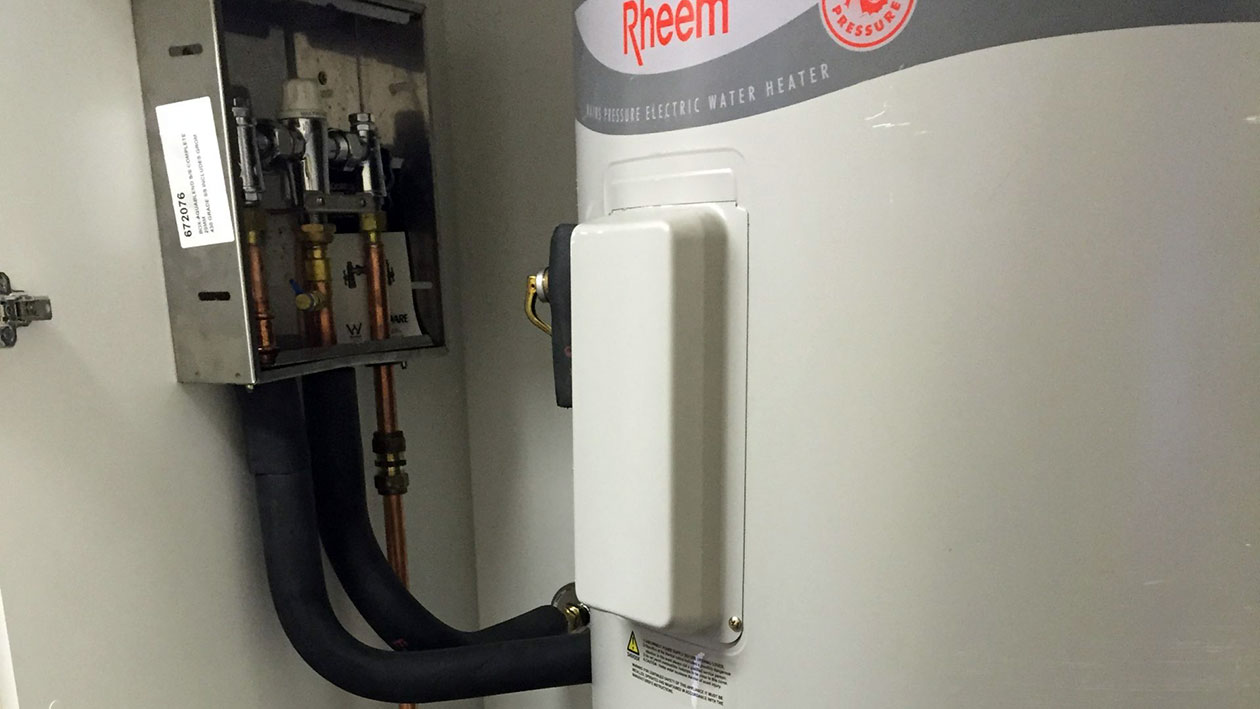
3. Water Heating Systems
Water heating is essential for comfortable living, providing hot water for showers, laundry, and dishwashing. Let’s explore the different types of systems:
a) Tank Water Heaters
Traditional tank water heaters store and heat a large volume of water in an insulated tank. They continuously heat water, even when not in use.
- Pros: Lower upfront cost compared to tankless options. Widely available.
- Cons: Energy losses from standby heat loss. Limited hot water supply, potentially leading to cold showers.
b) Tankless Water Heaters
Tankless water heaters, also known as on-demand water heaters, only heat water when needed. They don’t store a large tank of hot water.
- Pros: Energy-efficient as they eliminate standby heat loss. Provide an endless supply of hot water on demand.
- Cons: Higher upfront cost compared to tank water heaters. May require upgraded gas lines or electrical circuits.
c) Solar Water Heaters
Solar water heaters use solar panels to harness energy from the sun to heat water. They are an environmentally friendly option for water heating.
- Pros: Significantly reduce energy costs by utilising renewable energy. Environmentally friendly with reduced carbon footprint.
- Cons: High initial investment cost. Depending on sunlight availability, it may require a backup system.
d) Heat Pump Water Heaters
Heat pump water heaters use electricity to move heat from one place to another, rather than directly generating heat. They extract heat from the surrounding air or ground and transfer it to the water.
- Pros: Highly energy-efficient, using significantly less electricity than traditional electric water heaters.
- Cons: Higher upfront cost than standard electric models. Performance can be affected by cold climates.
e) Indirect Water Heaters
Indirect water heaters use your home’s boiler or furnace to heat water. They circulate water through a heat exchanger within the boiler, raising its temperature.
- Pros: It is energy-efficient, particularly if you already use a boiler for heating, and it provides a large supply of hot water.
- Cons: Higher upfront cost than standard water heaters. Requires a compatible boiler or furnace system.
Choosing the Right System for Your Needs
With so many plumbing system options, selecting the right one for your home can feel overwhelming. Here are some key factors to consider:
- Budget: Define a realistic budget for your plumbing project, considering installation and long-term maintenance costs.
- Water Usage: Assess your household’s water consumption needs. A larger family with high water usage will have different requirements than a single individual.
- Location: Your geographical location plays a role. Climate impacts the suitability of certain systems, like solar water heaters or heat pumps.
- Local Codes and Regulations: Research your local building codes and regulations, as they may dictate specific plumbing system requirements.
- Home’s Age and Layout: For instance, older homes may require more extensive pipe replacements or modifications to accommodate modern fixtures like a low-flow Toilet or water-saving showerheads, impacting the overall cost.
By carefully evaluating these factors and potentially consulting with a qualified plumber, you can make an informed decision that aligns with your needs, budget, and home’s characteristics.
